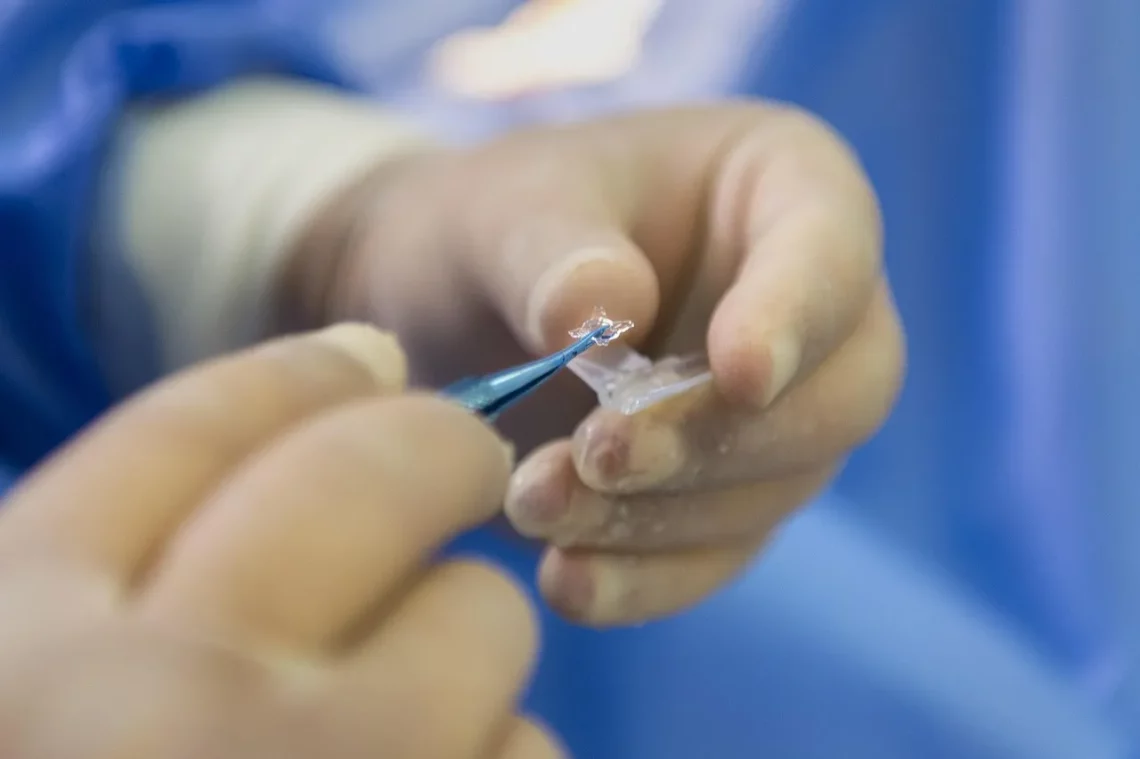
Understanding Dog Knee Surgery: What Pet Owners Need to Know
Dog knee surgery is a significant procedure that many pet owners may face at some point in their journey with their canine companions. Just like humans, dogs can experience knee problems due to various factors such as injury, age, or genetics. Conditions like cranial cruciate ligament (CCL) tears or patellar luxation are common issues that can lead to the need for surgical intervention. Understanding these conditions and the surgical options available is essential for pet owners to make informed decisions about their dog’s health and well-being.
The thought of surgery can be daunting for any pet owner, as it involves not only financial considerations but also the emotional strain of seeing a beloved pet undergo a medical procedure. However, with the right knowledge and preparation, owners can ensure that their pets receive the best care possible. Knowing what to expect pre-surgery, during the procedure, and in the recovery phase can significantly alleviate anxiety and improve outcomes for both pets and their owners. This comprehensive guide aims to provide essential insights into dog knee surgery, helping pet owners navigate this challenging experience with confidence and compassion.
Common Knee Conditions in Dogs
Before diving into the specifics of surgery, it is crucial to understand the common knee conditions that may necessitate such procedures in dogs. The two most prevalent issues are cranial cruciate ligament (CCL) injuries and patellar luxation.
The CCL is a critical ligament in a dog’s knee that helps stabilize the joint. When this ligament tears or becomes damaged, it can result in significant pain, swelling, and loss of mobility. CCL injuries are particularly common in active dogs and those that are overweight, as excess weight can put additional strain on the ligaments. Symptoms of a CCL tear often include limping, difficulty standing up or jumping, and a noticeable decrease in activity levels.
Patellar luxation, on the other hand, occurs when the kneecap dislocates or moves out of its normal position. This condition can be congenital or result from trauma, and it is more common in smaller dog breeds. Symptoms may include skipping or holding up a leg intermittently, as the dog tries to reposition the kneecap. In some cases, dogs may not exhibit any signs until the condition worsens, leading to chronic pain and arthritis.
Diagnosing these conditions typically involves a thorough physical examination by a veterinarian, which may include X-rays to assess the extent of the injury. Understanding these common knee issues can empower pet owners to seek timely veterinary care, ultimately leading to better outcomes and quality of life for their furry friends.
Types of Surgical Procedures
Once a knee condition is diagnosed, veterinarians may recommend various surgical procedures depending on the specific issue and its severity. The most common surgeries for knee problems in dogs include:
1. **Tibial Plateau Leveling Osteotomy (TPLO)**: This procedure is often recommended for dogs with CCL tears. During a TPLO, the veterinarian cuts and reshapes the tibia to change the angle of the knee joint, which stabilizes it and reduces the likelihood of further injury. This surgery typically results in a quicker recovery time compared to other methods, and many dogs can return to full activity within a few months.
2. **Extracapsular Stabilization**: In this procedure, the veterinarian places a synthetic ligament outside the joint to stabilize the knee. This method is often used for smaller dogs or less severe injuries. While it may take longer for full recovery, many dogs can still return to normal activities with time and rehabilitation.
3. **Patellar Luxation Surgery**: If a dog has a luxating patella, surgery may be necessary to realign the kneecap and stabilize the joint. This could involve deepening the groove in the femur where the kneecap sits or tightening the surrounding ligaments. The specific technique will depend on the severity of the luxation and the dog’s overall health.
Each of these procedures has its own set of risks and benefits, and it is essential for pet owners to discuss these options with their veterinarian to determine the best course of action for their dog’s individual needs. Understanding the types of surgeries available can help owners feel more comfortable and informed when making decisions regarding their pet’s health.
Preparing for Surgery and Post-Operative Care
Preparation for dog knee surgery involves several steps to ensure that both the dog and the owner are ready for the procedure. Initially, your veterinarian will provide specific instructions, which may include dietary changes or restrictions on physical activity in the days leading up to the surgery. It is crucial to follow these guidelines closely to minimize any risks during the operation.
On the day of the surgery, ensure that your pet has a calm environment and is comfortable. Many veterinary clinics will require that pets arrive fasting, meaning no food or water before the procedure. This is to ensure that anesthesia can be safely administered. Once at the clinic, the veterinary team will perform a final assessment before the surgery and may conduct pre-anesthetic blood tests to evaluate your pet’s health.
Post-operative care is just as important as the surgery itself. After the procedure, your veterinarian will provide guidelines for recovery, which may include medication to manage pain and inflammation. It is vital to follow these instructions meticulously, as improper care can lead to complications.
Rest is crucial during the recovery phase. This often means limiting your dog’s activity and providing a quiet space for them to recover. Your veterinarian may recommend physical therapy or rehabilitation exercises to help regain strength and mobility in the knee. Regular follow-up appointments will also be necessary to monitor healing and address any concerns that may arise.
Understanding Recovery and Rehabilitation
The recovery process after dog knee surgery can vary significantly based on the type of procedure performed and the individual dog’s health. Generally, a comprehensive rehabilitation plan is essential for ensuring a successful recovery.
Initially, your dog may need to be confined to a small space or a crate to prevent excessive movement. This restriction is vital to allow the surgical site to heal properly. Walking on a leash for short, controlled periods is usually encouraged after a few days, but vigorous activities should be avoided.
As your veterinarian monitors your pet’s recovery, they may suggest a rehabilitation program tailored to your dog’s specific needs. This program could include exercises to strengthen the muscles around the knee, improve range of motion, and enhance overall mobility. In some cases, hydrotherapy can also be beneficial, as the buoyancy of water reduces stress on the joints while allowing for movement.
It’s essential to remain patient during the recovery process, as healing can take several weeks to months, depending on the surgery’s complexity and the dog’s age and health. Regular check-ups with your veterinarian will help ensure that your pet is making progress, and any adjustments to the rehabilitation plan can be made as necessary.
In conclusion, understanding dog knee surgery, from the common conditions that lead to it to the types of procedures and recovery processes, is vital for pet owners facing this challenge. By being informed and prepared, owners can significantly enhance their dog’s recovery experience and overall quality of life.
**Disclaimer: This article is for informational purposes only and should not be considered medical advice. Always consult your veterinarian for specific health concerns regarding your pet.**




